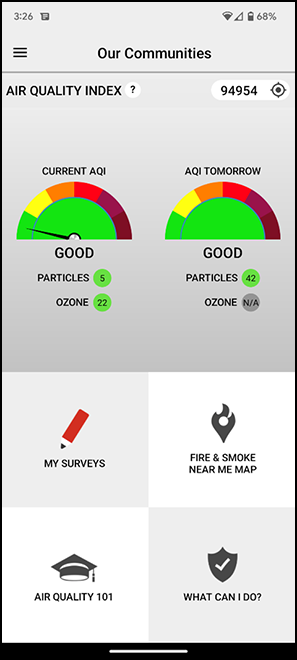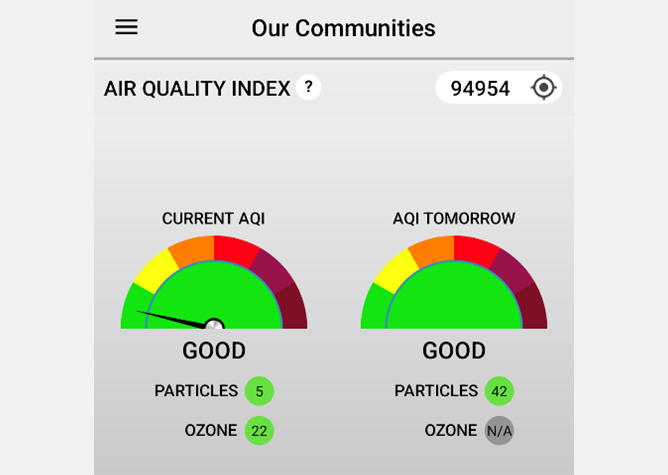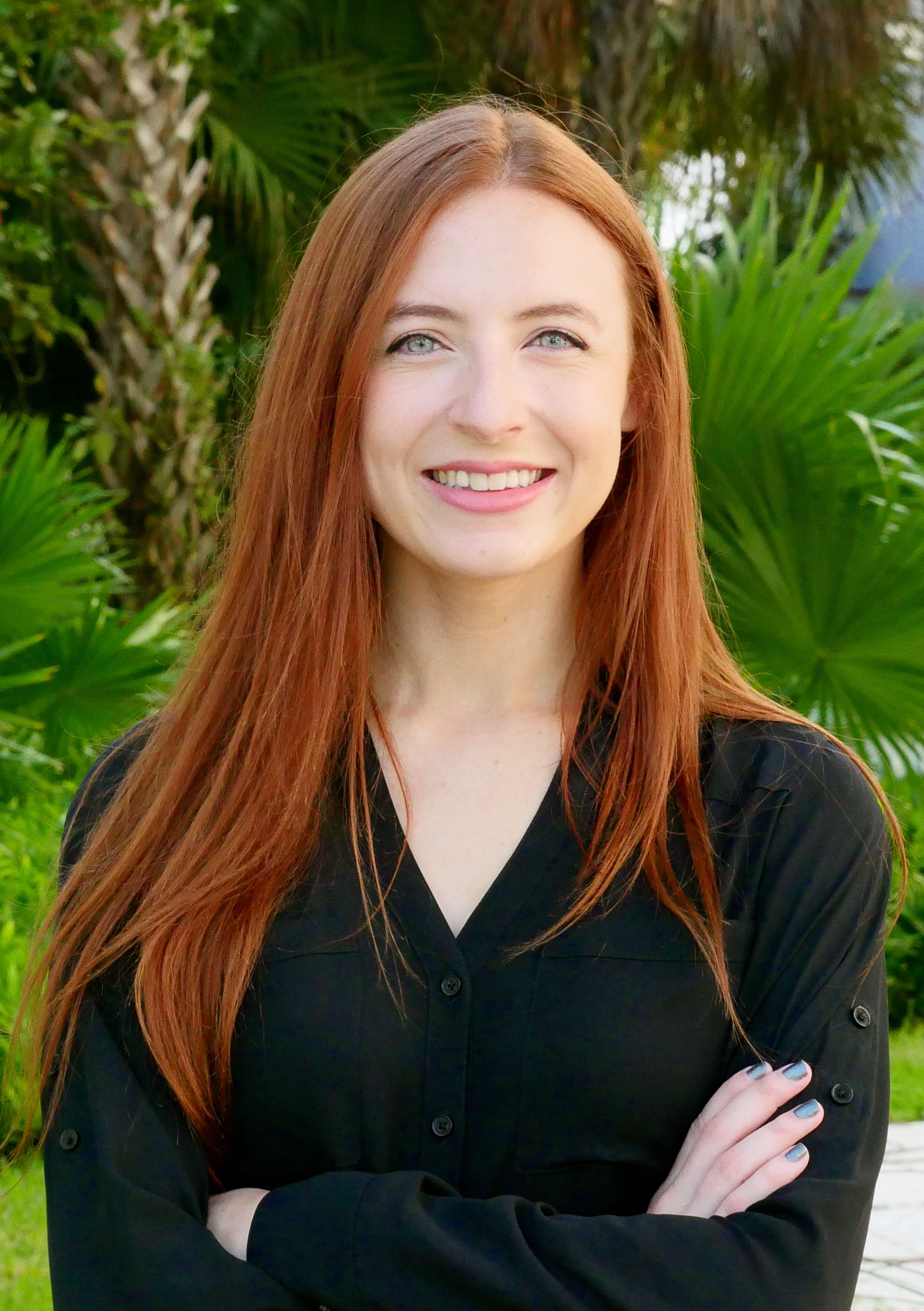Investigating the Effectiveness of Smoke Exposure Reduction Measures
Clients
Stanford University
U.S. Environmental Protection Agency (EPA)
The Sonoma Technology team is working as part of a two-year study with a longitudinal randomized controlled trial of San Francisco Bay Area residents from low-income and non-English speaking communities. This comprehensive intervention study is testing if and how much (1) app-delivered native language messaging, (2) air sealing, and/or (3) portable HEPA air filters, alone or in combination, can effectively reduce smoke exposure for particulate matter (PM) and health risks when compared to (4) a control group and over time. We are also examining behavior as a moderator of different interventions and as a response variable for the messaging intervention.
<br>
The behavioral, exposure, and health data are being collected and communicated through an innovative combination of (1) a Sonoma Technology-developed smartphone app (built from the EPA’s Smoke Sense platform), and (2) air pollution exposure and health sensing devices (PurpleAir sensors, RTI MicroPEM PM sensors, and Emfit QS mattress sensors). This study is being conducted over at least two full wildfire seasons to assess the effect of cumulative exposure events. During wildfire smoke events, perceived threats, smoke-relevant behaviors, and self-reported health (mental health, respiratory ailments) are being assessed. Exposures (PM concentrations at personal, indoor, and outdoor levels; indoor/outdoor ratio; and duration) and sleep quality are also being monitored and compared before and during wildfire season.
<br>
The project helps address increasing risks of wildfires and smoke exposure due to climate change. This study is ongoing, and the results from the pilot study have been published in the journal <i><a href="https://iopscience.iop.org/article/10.1088/1748-9326/acddf9" target="_blank">Environmental Research Letters</href></i>.
<br>
The behavioral, exposure, and health data are being collected and communicated through an innovative combination of (1) a Sonoma Technology-developed smartphone app (built from the EPA’s Smoke Sense platform), and (2) air pollution exposure and health sensing devices (PurpleAir sensors, RTI MicroPEM PM sensors, and Emfit QS mattress sensors). This study is being conducted over at least two full wildfire seasons to assess the effect of cumulative exposure events. During wildfire smoke events, perceived threats, smoke-relevant behaviors, and self-reported health (mental health, respiratory ailments) are being assessed. Exposures (PM concentrations at personal, indoor, and outdoor levels; indoor/outdoor ratio; and duration) and sleep quality are also being monitored and compared before and during wildfire season.
<br>
The project helps address increasing risks of wildfires and smoke exposure due to climate change. This study is ongoing, and the results from the pilot study have been published in the journal <i><a href="https://iopscience.iop.org/article/10.1088/1748-9326/acddf9" target="_blank">Environmental Research Letters</href></i>.
Air Quality
Exposure
Fire and Smoke
Policy and Planning
Websites and Apps


Samantha J. Kramer

Samantha
J
Kramer
Manager, Wildland Fire and Smoke Program
skramer@sonomatech.com
/sites/default/files/2023-03/SJKres.pdf
